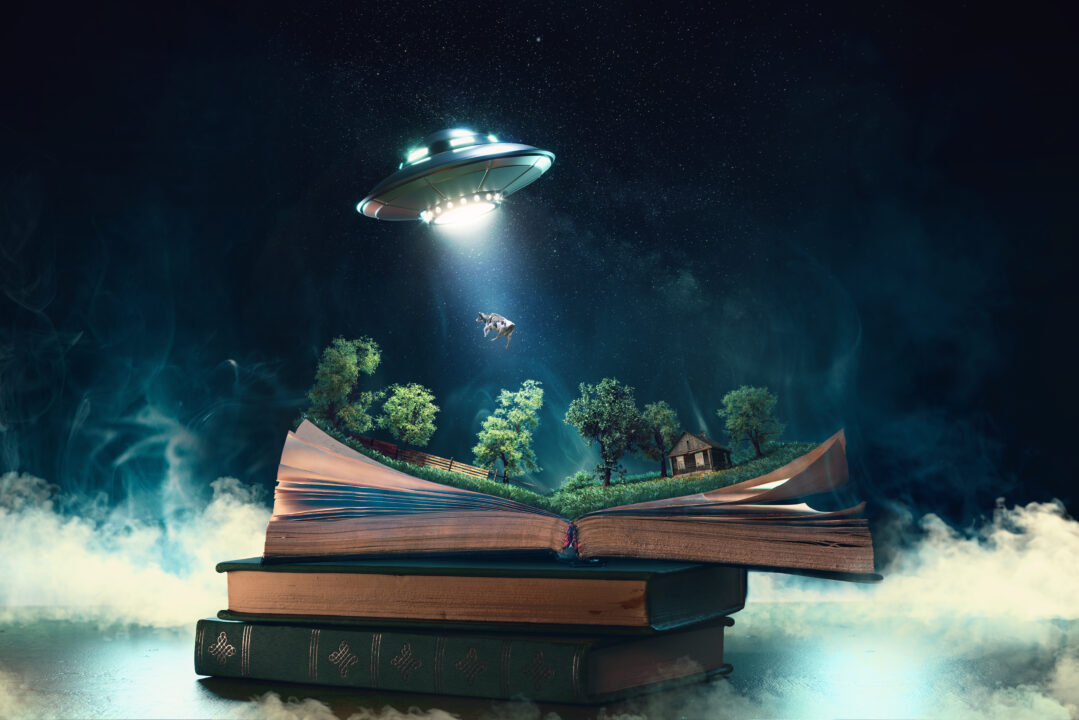For those captivated by the bleak yet profoundly touching landscapes of Cormac McCarthy’s “The Road,” there is a vast expanse of literature that echoes its haunting post-apocalyptic themes.
These narratives, set in worlds undone by catastrophe, invite readers to explore humanity’s resilience under dire circumstances. From the desolate wastelands ravaged by pandemics to societies crumbled by supernatural events, “The Road” fans will find solace and adventure in the pages of the books we’re about to uncover.
Top Picks for “The Road” Fans
Devotees of McCarthy’s “The Road” who thirst for more post-apocalyptic survival tales will find exceptional storytelling in the works of Justin Cronin and Stephen King.
1. “The Stand” by Stephen King – A Battle Between Good and Evil
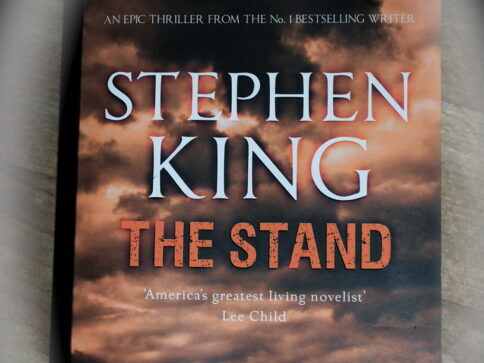
Stephen King’s “The Stand” takes readers into an apocalyptic vision where a deadly flu has decimated the population, setting the stage for an epic confrontation between the forces of good and evil.
Fans of Cormac McCarthy will appreciate King’s masterful character development and the moral dilemmas that drive the narrative forward. The journey across a desolate American landscape is as much about the external struggle for survival as it is about the internal battles that define humanity.
The remnants of humanity are drawn to two opposing leaders, embodying the eternal conflict that resonates with readers long after the last page is turned. King’s ability to weave supernatural elements into a post-apocalyptic world creates a riveting experience that echoes the stark realism and emotional gravity of “The Road.”
2. “Swan Song” by Robert R. McCammon – Survivors in a Nuclear Holocaust
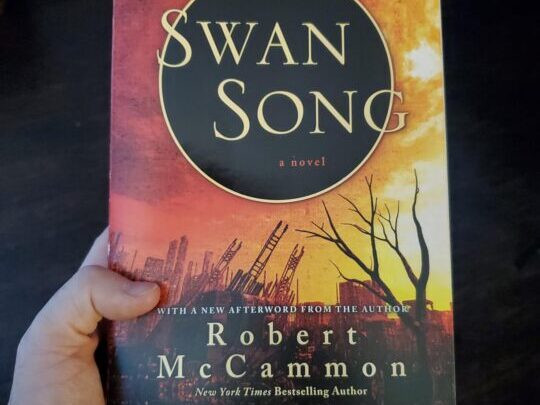
In “Swan Song,” Robert R. McCammon presents a harrowing tale of survival following a nuclear holocaust. As society crumbles, a group of survivors, including a girl with the power to heal and a wrestler named Black Frankenstein, face the ravages of a rabies-like virus.
This gripping narrative, much like “The Road,” delves into the depths of human endurance in the face of overwhelming adversity. Among the survivors is a friend named Natalie, who adds a touch of humanity to the narrative and reminds readers of the importance of companionship and hope.
McCammon’s post-apocalyptic vision, with its rich character arcs and relentless tension, serves as a perfect companion piece for those who reveled in the stark, poignant journey of “The Road.”
3. “Blood Meridian” by Cormac McCarthy – A Violent Western Odyssey
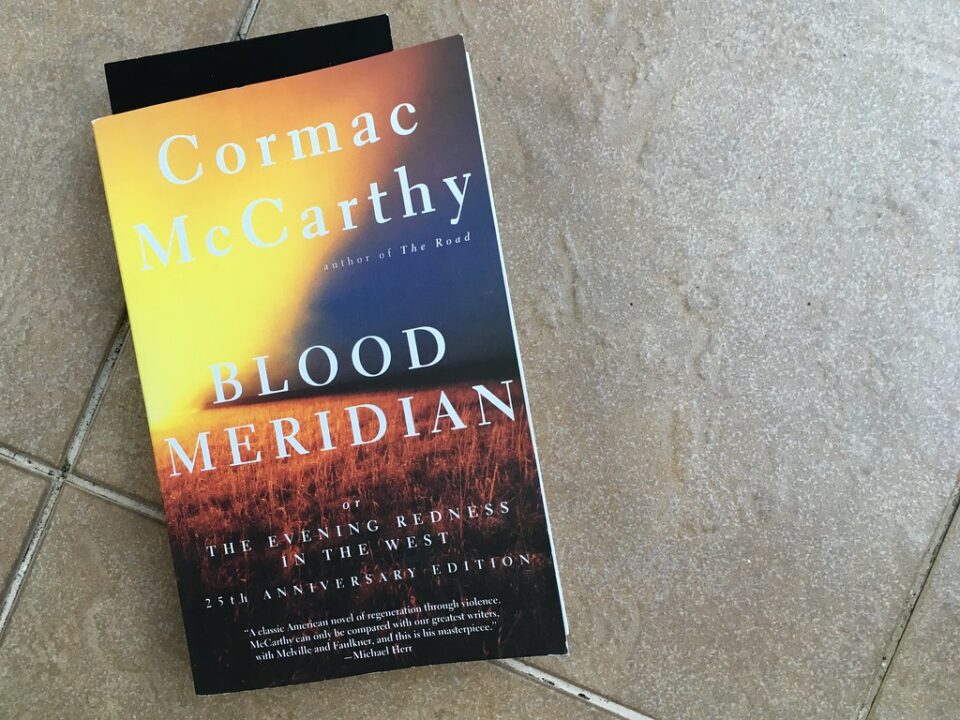
While “Blood Meridian” may not unfold in a post-apocalyptic setting, Cormac McCarthy’s narrative style and the brutal odyssey it depicts share a kinship with “The Road.”
Set in the 19th century, this violent Western tale follows a teenager known as “The Kid” as he joins a band of Indian hunters, encountering a landscape as unforgiving and blood-soaked as any apocalyptic wasteland.
Readers drawn to “The Road” for its unflinching portrayal of violence and its exploration of moral boundaries will find “Blood Meridian” a similarly challenging and thought-provoking journey.
McCarthy’s stark prose and the relentless violence of the story echo the themes of survival and the dark nature of mankind, akin to his later work in “No Country for Old Men.”
4. “The Passage” by Justin Cronin – A Vampiric Twist on End Times
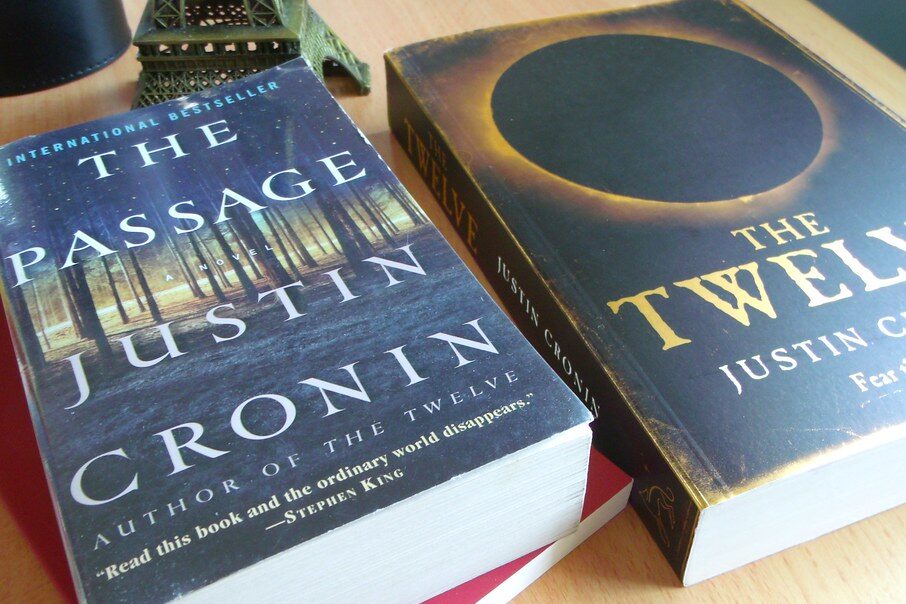
“The Passage” by Justin Cronin ushers readers into a post-apocalyptic setting where a military experiment gone awry gives rise to a nightmarish reality. The narrative weaves together the lives of various characters, including FBI agent Brad Wolgast, who is thrown into a world where vampiric creatures threaten the remnants of humanity.
Cronin’s tale mirrors the desolation and intimate human struggles portrayed in “The Road.” In the face of adversity, Cronin’s characters exhibit resilience and complexity, offering a fresh perspective on the end-times genre.
The dystopian world they navigate is fraught with danger and moral quandaries, echoing the stark and profound journey that fans of “The Road” found so compelling. Cronin’s blend of horror and human drama makes “The Passage” a must-read for aficionados of the genre.
5. “Station Eleven” by Emily St. John Mandel – A Pandemic’s Aftermath
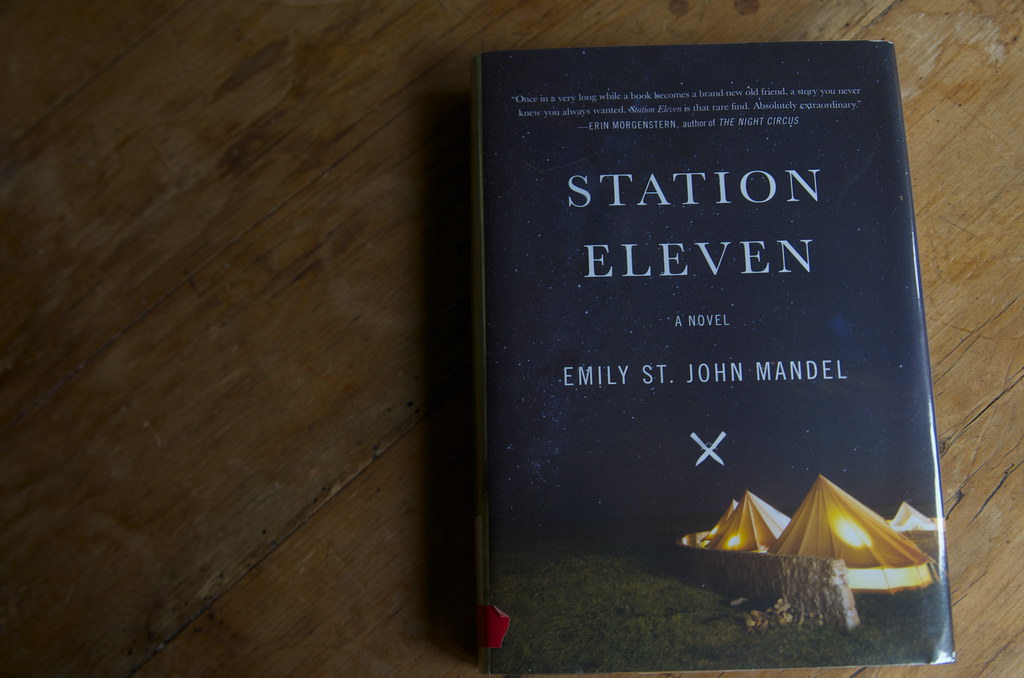
Emily St. John Mandel’s “Station Eleven” unfolds in a post-apocalyptic world reshaped by a devastating flu pandemic. Readers follow a band of family-like actors and musicians as they traverse the landscape of the United States, which echoes the journey of survival in “The Road.”
John Mandel’s narrative captures the fragility of civilization and the impending disaster that looms over the survivors. The novel examines the struggle to survive and the enduring qualities of art and culture after the world as we know it has ended.
The character’s attempts to find meaning and connection amidst the ruins resonate with the poignant themes of “The Road,” making “Station Eleven” an evocative exploration of life after Grass’s death and society’s collapse.
Underrated Gems in the Genre
Post-apocalyptic fiction is rich with hidden treasures that deserve a wider audience. These underrated gems offer unique perspectives on the end of the world, from the solitude of a lone pilot to the claustrophobic existence within a giant silo.
For readers seeking fresh narratives that delve into the complexities of life after societal collapse, these selections promise to captivate and inspire.
6. “The Dog Stars” by Peter Heller – A Pilot’s Solitude
In “The Dog Stars,” Peter Heller immerses readers in the solitary life of a pilot named Hig, one of the few survivors of a global pandemic. Flying above the barren lands, Hig searches for traces of life and meaning in a world stripped of its former glory.
Heller’s poignant depiction of solitude and the human need for connection echoes the desolate yet hopeful journey across the landscapes of “The Road.”
7. “Wool” by Hugh Howey – Life in a Silo
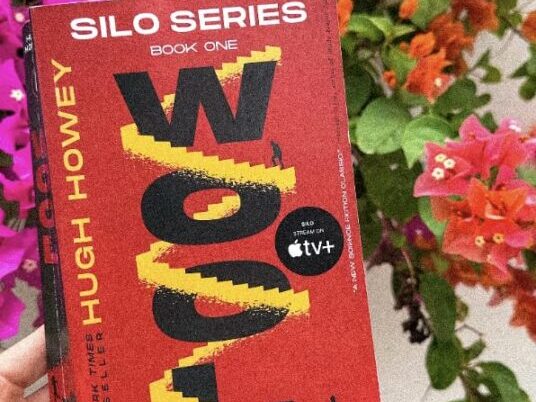
Hugh Howey’s “Wool” presents an intriguing twist on post-apocalyptic life, where humanity clings to existence inside a massive underground silo. With a society bound by rules meant to protect the fragile balance, the characters confront the lies that hold their world together. The sense of confinement and the struggle to unearth the truth resonate with the themes of despair and hope found in “The Road.”
8. “Severance” by Ling Ma – A Satirical Take on Civilization’s End
Ling Ma’s “Severance” offers a satirical and thought-provoking take on the collapse of civilization through the eyes of Candace Chen, a millennial navigating both the end times and the absurdities of modern life. Ma’s blend of pre-apocalyptic flashbacks and the unraveling new world order creates a narrative that is both critical and reflective, probing the same existential questions that permeate “The Road.”
Exploring Human Nature Amidst Chaos
Amidst the ruins of society, post-apocalyptic stories often become profound meditations on human nature. These narratives peel back the layers of civilization to reveal the core of humanity—our strengths, flaws, and capacity for destruction and redemption. As we venture into these chaotic worlds, we find mirrors reflecting our potential and the timeless question of what it means to be human.
9. “The Children of Men” by P.D. James – The End of Fertility
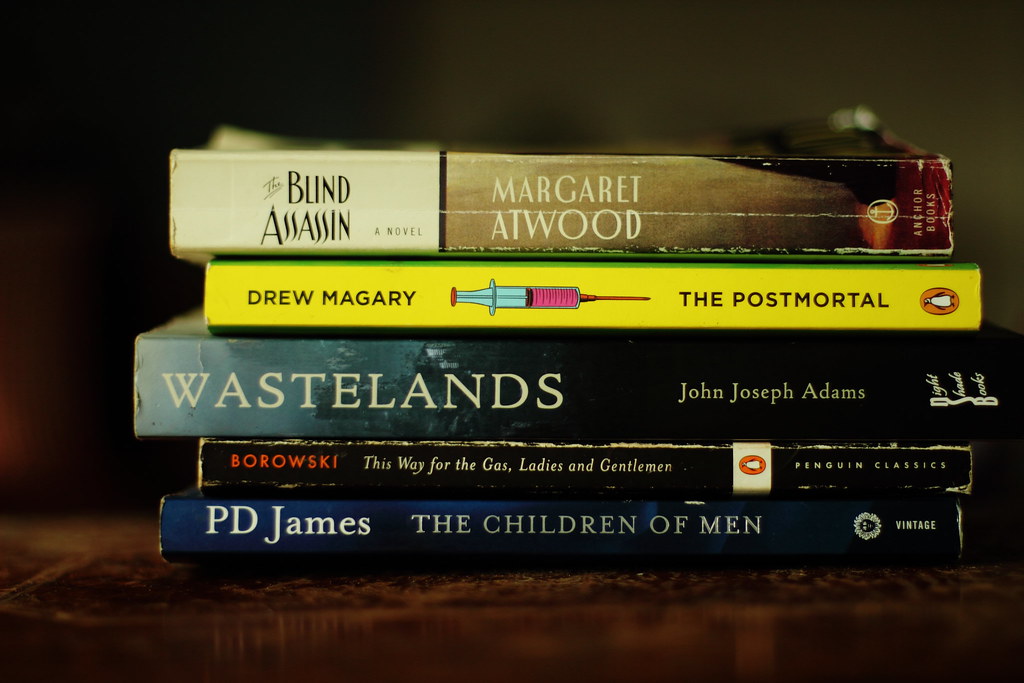
In “The Children of Men,” P.D. James portrays a world where the human race faces extinction due to the end of fertility. The story centers around Theodore Faron, an Oxford historian, who encounters a young woman named Julian, bearing the miraculous possibility of new life. This gripping tale delves into the depths of despair and the glimmers of hope that drive the human race to persevere against all odds.
“The Strain” by Guillermo del Toro and Chuck Hogan – An Epidemic of Evil
Guillermo del Toro and Chuck Hogan’s “The Strain” introduces a chilling epidemic of vampirism that threatens to engulf New York City and the world beyond. As the virus spreads and society teeters on the brink of collapse, the characters must confront the darkness within themselves and the new reality. The novel’s blend of horror and human drama captures the essence of the struggle for survival that fans of “The Road” find so compelling.
10. “Blindness” by José Saramago – Society’s Breakdown
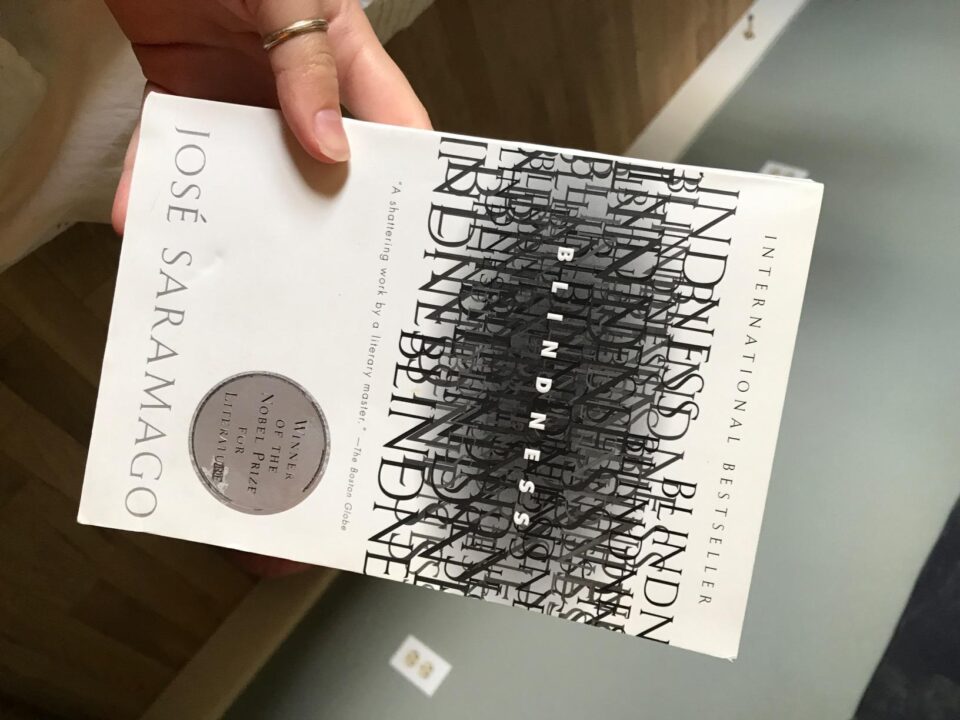
José Saramago’s “Blindness” takes readers on a harrowing journey into a society struck by an epidemic of blindness. As the afflicted are quarantined and civilization crumbles, the novel explores the depths to which humanity can sink and the heights of compassion it can reach. Saramago’s stark portrayal of an unhinged world is a powerful commentary on the fragility of human society and the indomitable spirit that persists even in the darkest times.
The Struggle for Survival
When society’s fabric unravels, the struggle for survival becomes the core of existence. The books that follow each explore this theme with intense scrutiny, revealing the human spirit when faced with the unimaginable.
11. “On the Beach” by Nevil Shute – The Looming Threat of Extinction
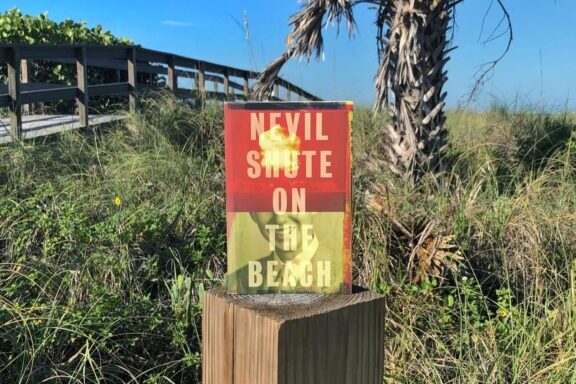
In “On the Beach,” Nevil Shute crafts a haunting vision of a post-nuclear world where the remnants of humanity await the inevitable spread of radioactive fallout. The characters grapple with the knowledge of their impending doom, seeking meaning and connection in the face of the world’s end. It’s a poignant exploration of how people confront the ultimate struggle for survival when hope is lost.
12. “One Second After” by William R. Forstchen – The Fallout of an EMP Attack
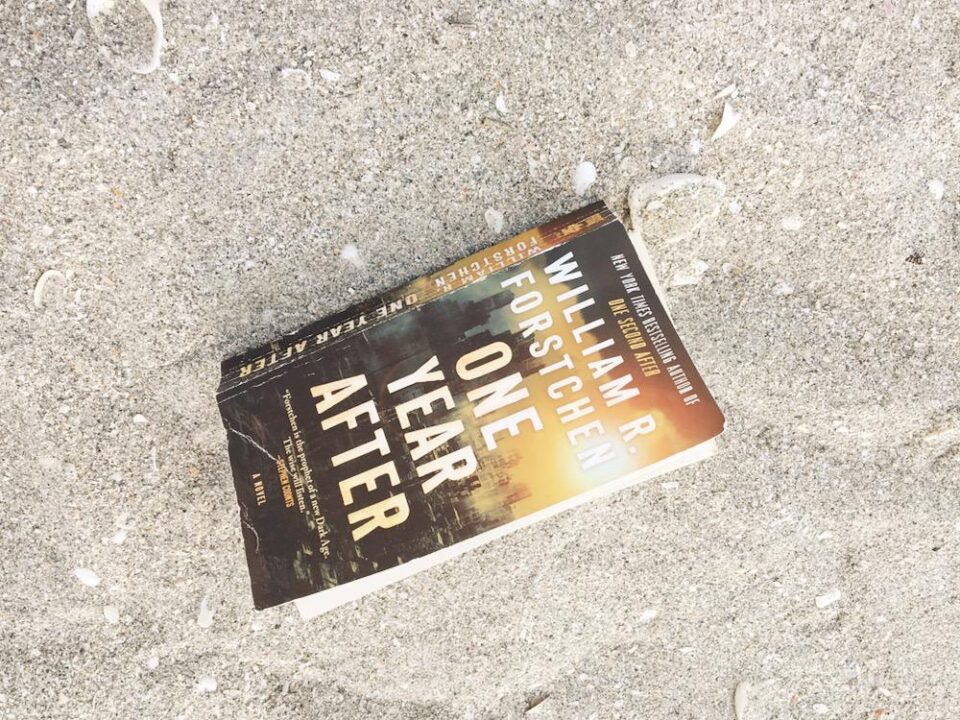
William R. Forstchen’s “One Second After” thrusts readers into a small American town’s struggle for survival following an EMP attack that cripples all electronics. The narrative delves into the societal collapse, examining how desperation can erode and forge communal bonds. It’s a chilling reminder of our dependency on modern technology and the fragility of civilization.
13. “The Postman” by David Brin – Rebuilding a Shattered America
In “The Postman,” David Brin imagines a future where a lone wanderer becomes a symbol of hope in post-apocalyptic America. Utilizing an abandoned emergency alert system to navigate a world ravaged by war and anarchy, he inadvertently sparks a movement toward rebuilding society. This tale is an ode to the resilience of the human spirit and the power of myths in our collective struggle for survival.
Emerging Voices in the Dystopian Scene
The dystopian genre continues to evolve, with fresh voices offering new perspectives on society’s potential unraveling. These authors build upon the foundations laid by their predecessors, charting imaginative and often unsettling territories.
14. “Idlewild” by Nick Sagan – A Virtual Reality Refuge
“Idlewild” by Nick Sagan takes readers into a virtual reality refuge where young people are the last hope for humanity’s survival. As they navigate through a fabricated world, the lines between reality and simulation blur, raising questions about identity and the very essence of existence. It’s a cyberpunk-infused vision of a future where escapism collides with harsh truths.
15. “The Leftovers” by Tom Perrotta – The Mystery of the Sudden Departure
Tom Perrotta’s “The Leftovers” explores the aftermath of the Sudden Departure, an unexplained event that caused millions to disappear. The narrative delves into the lives of those left behind, examining how they cope with uncertainty and the search for meaning in a fundamentally altered world. It’s a profound look at loss, belief, and the human capacity to endure and find hope in the face of inexplicable tragedy.
The Legacy of “The Road”
“The Road” has left an indelible mark on readers, setting a high bar for storytelling within the post-apocalyptic genre. Its stark, poetic narrative has influenced readers’ expectations and the direction of dystopian literature.
Conclusion: Embarking on a Literary Journey After “The Road”
After journeying through “The Road,” readers may be compelled to explore further realms of desolate landscapes and resilient characters. The books highlighted here offer pathways into new yet hauntingly familiar worlds where the essence of humanity is repeatedly tested.


